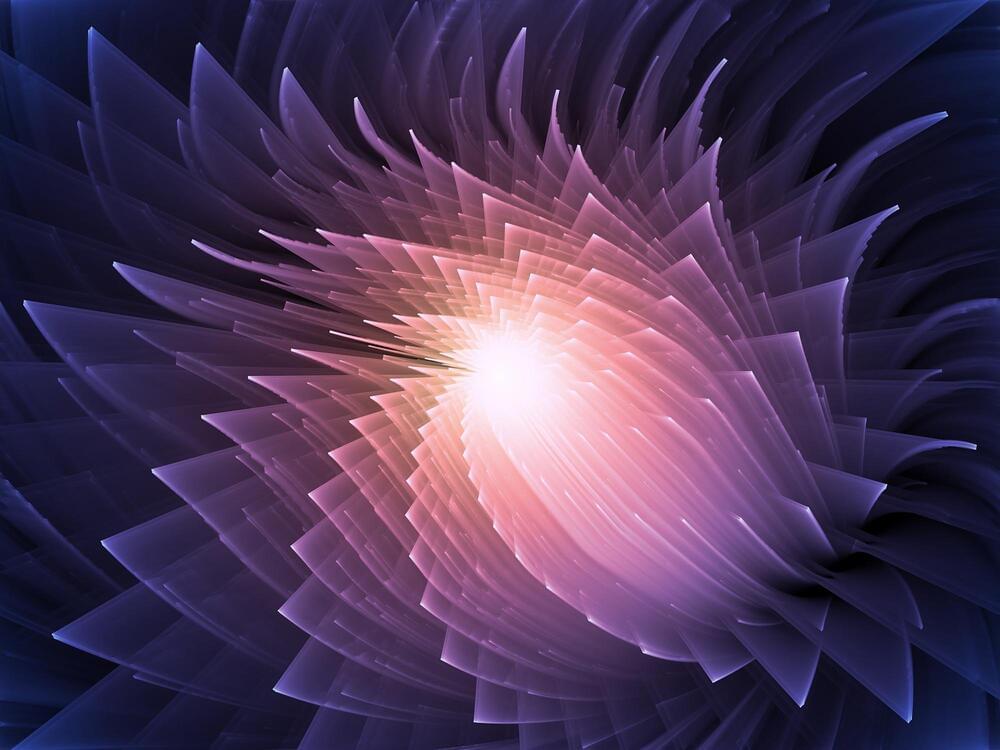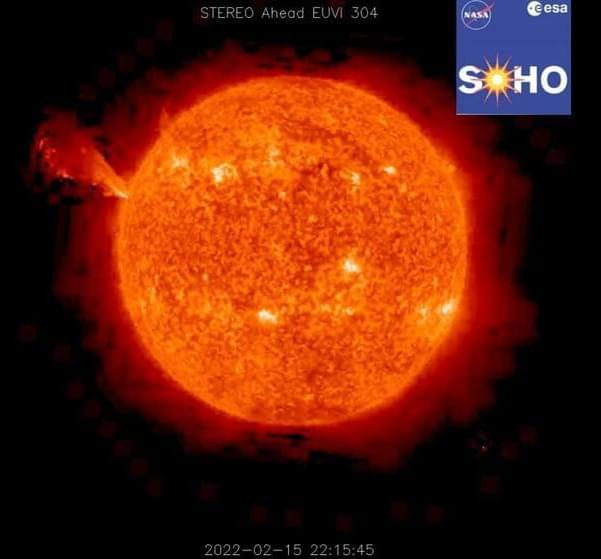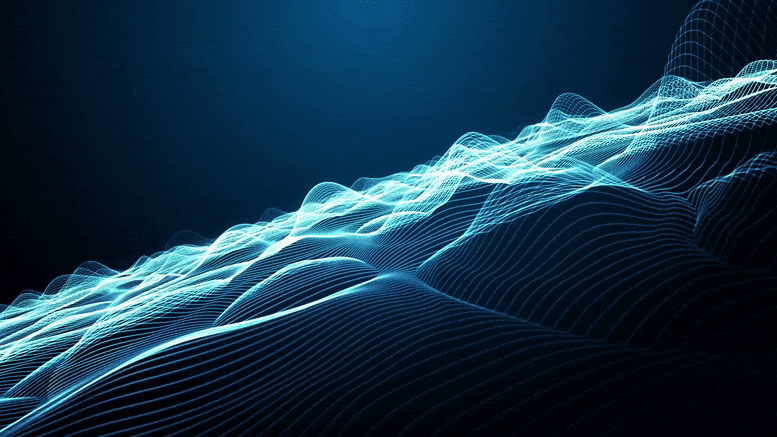PBS Member Stations rely on viewers like you. To support your local station, go to: http://to.pbs.org/DonateSPACE
↓ More info below ↓
Sign Up on Patreon to get access to the Space Time Discord!
https://www.patreon.com/pbsspacetime.
Sign up for the mailing list to get episode notifications and hear special announcements!
https://tinyurl.com/yx9cusk5
Check out the Space Time Merch Store.
https://pbsspacetime.com/
Normal maps are useless inside black holes. At the event horizon — the ultimate point of no return as you approach a black hole — time and space themselves change their character. We need new coordinate systems to trace paths into the black hole interior. But the maps we draw using those coordinates reveal something unexpected — they don’t simply end inside the black hole, but continue beyond. In these maps, black holes become wormholes, and new universes lie on the other side.
Hosted by Matt O’Dowd.







